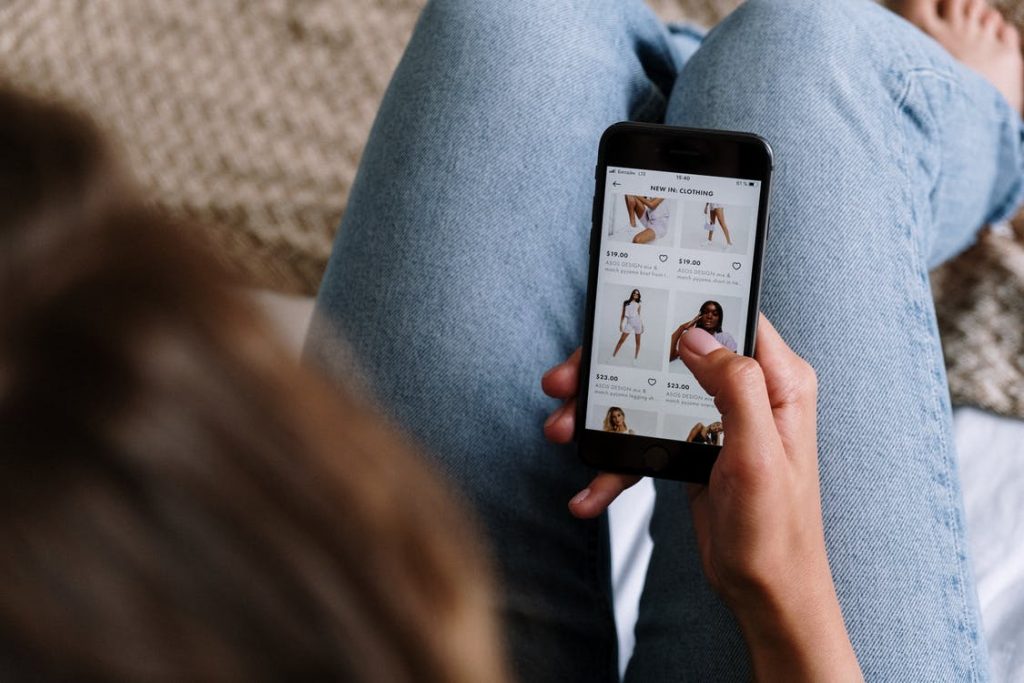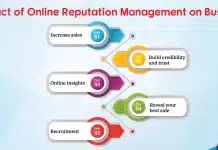Retailers might wish they have a crystal ball sometimes – an expedient shortcut for understanding exactly what consumers are thinking. Unfortunately, as far as anyone can tell, magical crystal balls simply don’t exist.
Don’t worry: there is a next best thing. Consumer data, market research, and surveys can tell you a lot about the way a customer thinks when they shop on your mobile app. And retailers can funnel these insights into the app development process. Doing so can help you highlight features and design principles that will help drive sales.
Here are a few things customers want from the retail experience, and how you can turn those insights into a better retail app.
A Frictionless Stroll Down the Digital Aisle
Shopping on a slow, buggy mobile retail site is a little like steering a shopping cart with a wonky wheel. It’s hard to get around. It’s hard to find what you want. And, before long, a customer is liable to ditch the cart and leave for a better store.
Seamlessness and intuitiveness are critical to mobile apps of any kind, but they assume special importance when the end goal is sales. Guiding the customer journey as effortlessly as possible – with as few micro-barriers as possible – will be key to driving conversion.
When you choose a mobile app development company, look for partners that will emphasize a human-first experience with robust UI and UX.
Support and Service
Customers want to feel supported. That’s true in brick-and-mortar retail – and it’s true in mobile retail too.
In the absence of real-time human support (read: a knowledgeable retail employee on-hand to answer questions), you need to fill the void with technological solutions. To satisfy customers’ need for service and support, consider implementing chatbots.
Chatbots are AI-powered programs that simulate human conversation. The best ones are virtually indecipherable from human support. Work with your mobile app developer to implement chatbots that can answer customer questions, manage complaints and make product recommendations – everything a good sales rep does.
Accessible Products: Easy to Discover, Easy to See, Easy to Evaluate
According to a Nielsen survey of 3,700+ respondents, the most important factor for mobile shoppers was “the ability to see product pictures.” Pretty simple, right?
You would be surprised how many retail apps fail to capitalize on this insight, offering product names without visual or descriptive elements. As you develop your mobile retail app, prioritize pictures and product descriptions.
The Nielsen survey linked above is a few years old now, so you may want to modernize your visual elements. Consider integrating VR/AR technology to offer customers an even more immersive mobile shopping experience.
Effortless Checkout
Shopping cart abandonment can tell us a great deal about customer preferences. Shoppers who leave their cartare essentially voting on one – or a number of – aspects they don’t like about your mobile shopping experience.
One key factor in shopping cart abandonment is checkout. Is your checkout process confusing, demanding, or effortful? If so, you should consider altering it. According to a recent study, minimizing the number of fields in your checkout process can help improve shopping cart abandonment. Explore the link provided above (via the Baymard Institute), which includes other valuable tips for decreasing shopping cart abandonment.
By tapping into customer preferences, you can build a mobile app optimized to drive sales and retention. Partner with an experienced mobile app development company to turn these insights into profit.









